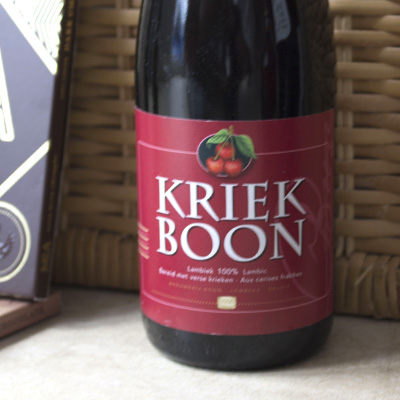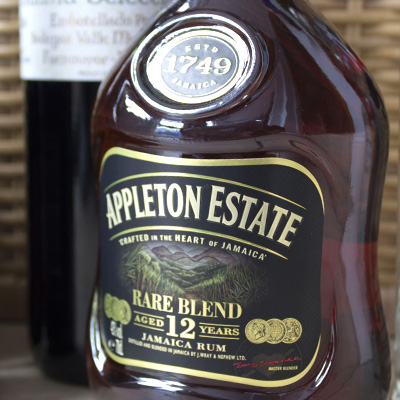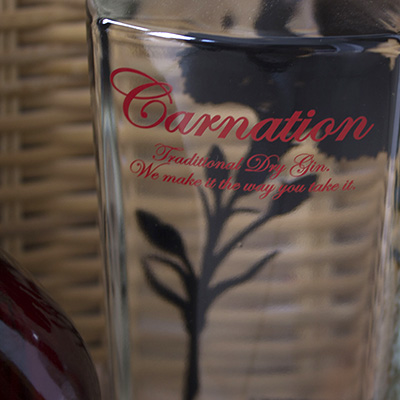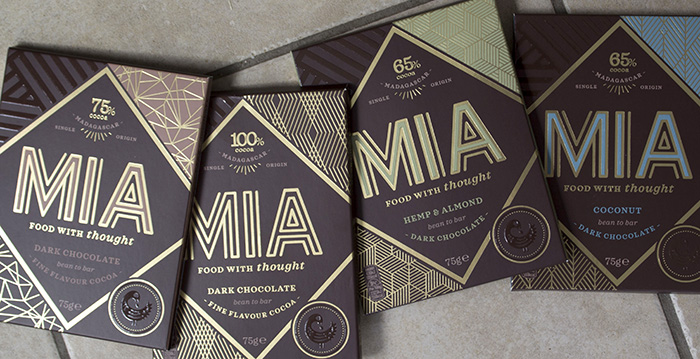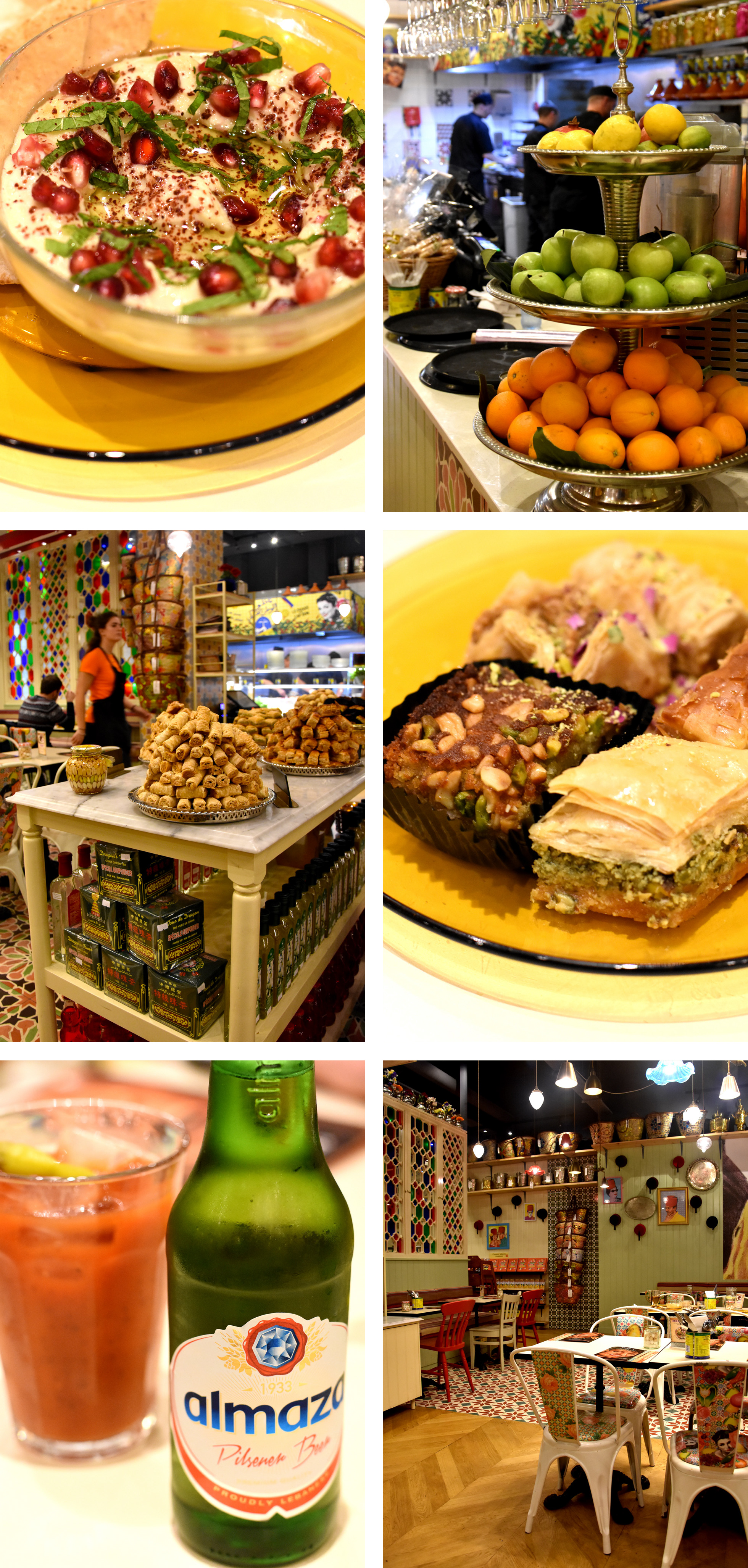Back in May, I made my yearly pilgrimage to the Chelsea Flower Show. This was my third year of attendance and so I have become battle hardened in its posh quirks and peculiarities – and in particular the eye watering prices that the Chelsea catering suppliers foist upon its captive guests. With this in mind, I decided to purchase a cob/pop/crisps meal-deal en-route, then attempt to smuggle it past security on the gate. My quest to find an obliging Boots on the streets near Sloane Square led me down a passage way and into a hubbub of clanking glasses, guffaws and wafts of fragrant nosh. Leba-nosh™ to be precise – I had stumbled into the courtyard of Comptoir Libanais, peddlers of Lebanese foodstuffs to the masses (since 2008).
As fate would have it, the following week saw an email shimmy into my inbox, inviting me to come try foodstuffs at the very same restaurant chain, albeit one rather more conveniently situated in my home town of Bath.
The invite was for a ‘plus one’, so after a fruitless search for a decent dining companion, I called upon Nick who – as it turns out – is a bit of an expert when it comes to the wily ways of middle eastern cheffery. He claims to have a tagine in his kitchen cupboard, has been to Morocco on holiday, and is believed to have once chuffed on a hookah on the banks of the Bosphorus many summers ago.
Location
Bath’s Comptoir Libanais is tucked down one of the side streets of the Southgate shopping centre – a faux Georgian complex, marginally more pleasing on the eye than the 1960s arcade it replaced. It’s not the easiest place to find but, once safely through the doors, you’ll find yourself in a lively recreation of a Lebanese souk, with irregular tiled floors, canteen chairs and walls festooned with Lebanese goods that dangle from every available hook.
Booze
Nick (designated driver) inexplicably ordered a Virgin Sirine moments after declaring his hatred of tomato juice. This harissa & sumac spiced tomato juice proved to be quite a spicy number and received a double thumbs-up. “I may have to re-evaluate my tomato juice aversion” he croaked, bottom lip a-quivering, face masked in sweat. I went for the Lebanese Almaza beer, a brand owned by Heineken. No surprises here – a couple of sips revealed it to be a pretty standard-tasting Euro-style lager (Nick’s verdict. “I can’t taste ‘owt – my taste buds are still on fire”)
Starters
I went for a Baba Ghanouj, a dish chosen purely for the entertainment value of saying the name out loud.* It proved to be a tasty, hummus-y number, peppered with pomegranate seeds and flanked with soft pitta. Nick chose the magenta-hued Beetroot Labné, which he described as both ‘tangy and fresh’.
Main Course
Fending off howls of derision from Nick for being a traitor to my vegetarian aspirations** I went for the mixed grill of lamb and chicken. Nick’s hungry eyes locked on my plate (hoping for something to spill off the sides and for him to claim scavenging rights), whilst I tucked into the juicy skewered meats that were peppered with spices and tempered with fresh salad and a zingy lemon dressing. Nick went for the lamb and prunes tagine with a side order of pickles. “Decent” he said. “If I was being critical though, I’d say the tagine I had in Morocco was a tad more more flavoursome. This quite nice though.”
Pud
With eyebrows still raised thanks to Nick’s previous boastful comment and stomach groaning from the weight of the meaty platter, I chose a take-home box of Lebanese pastries. For Nick, an enormous plateful of Orange Blossom Muhalabia was ordered and polished off in the manner in which a starving dog would go at a plate of tripe. This comparison is in no reflection on the dish, of course. Nick described it as both ‘blancmange-y’, and ‘nice’.***
Extras
To cap off our evening of Leba-nosh™ we ordered a nice pot of Lebanese mint tea which was poured in the traditionally manner – from pot to cup from arm height – as you would an Asturian sidre. Our table host warned of the dangers of performing this trick outdoors on a windy day. Thankfully, our laps remained safely unsullied by the boiling brew and the tea partaken proved to be a suitably aromatic full stop to our meal.
Thoughts
Comptoir Libanais offers a vibrant, decent priced dining experience with plenty of interesting dishes to get stuck into. As our attentive, friendly table host pointed out, Lebanese cuisine is relatively overlooked on the high street, but offers something for everyone, ranging from subtly fragrant, fresh-tasting tagines to sweat-inducing, spicy mezes. It certainly made a change from the ubiquitous Indian/Chinese eating establishments we often frequent after a night ‘researching’ beer.
Comptoir Libanais is a restaurant well worth the search. Pop in, pull up a chair and souk up the atmosphere.

Comptoir Libanais, 38 Little Southgate, Bath BA1 1TR
Phone: 01225 800894
https://www.comptoirlibanais.com/locations/bath/
—————-
*Jay Rayner could learn a lot from this approach to restaurant food selection.
** I’ve been trying to go veggie for a few months but keep coming unstuck at the ‘not eating meat’ bit.
*** Jay Rayner could learn a lot from this approach to food criticism.
The post Restaurant review: Comptoir Libanais appeared first on Two Thirsty Gardeners.
from Two Thirsty Gardeners http://twothirstygardeners.co.uk/2018/07/restaurant-review-comptoir-libanais/


